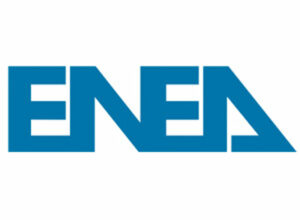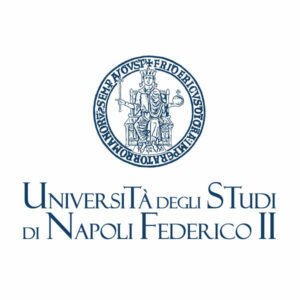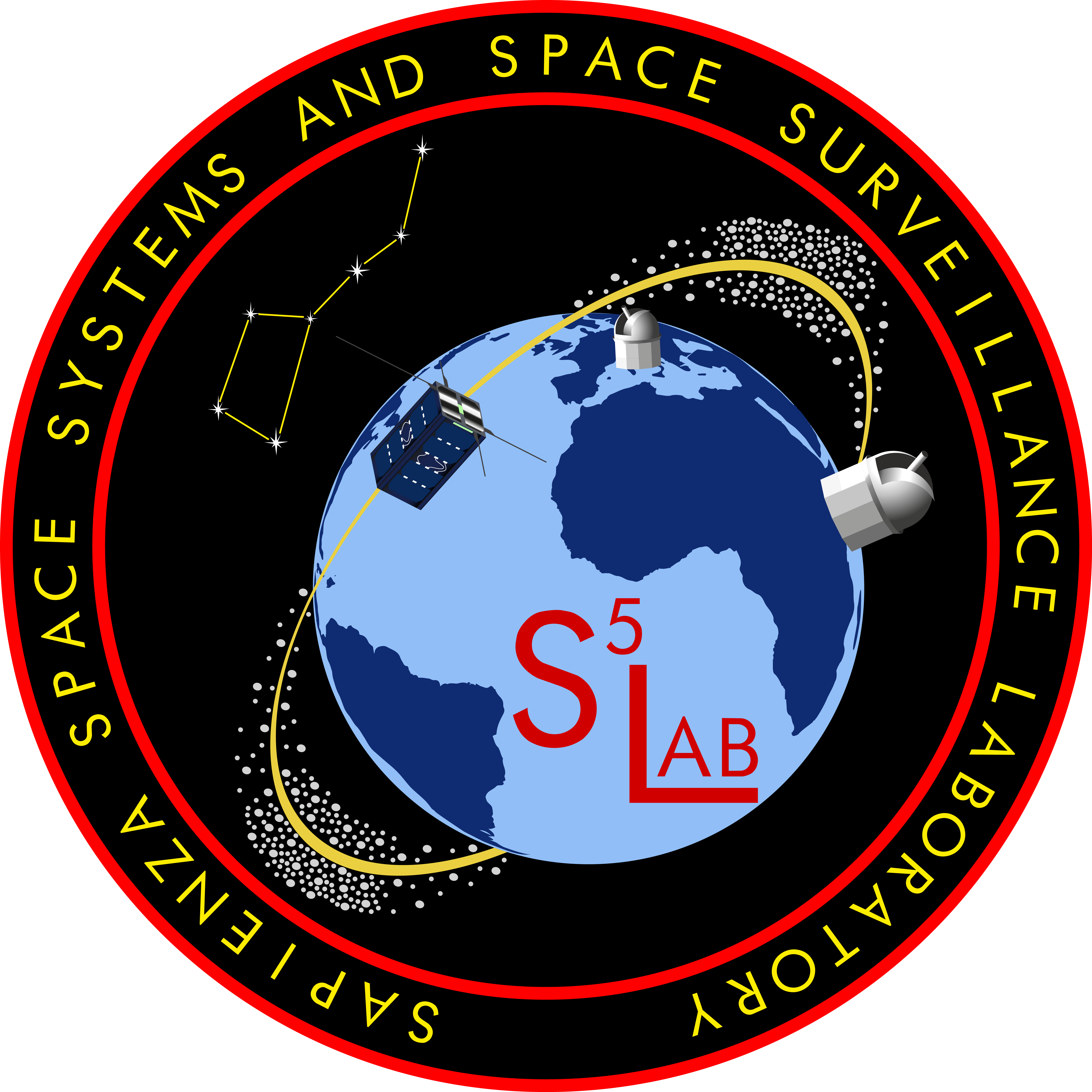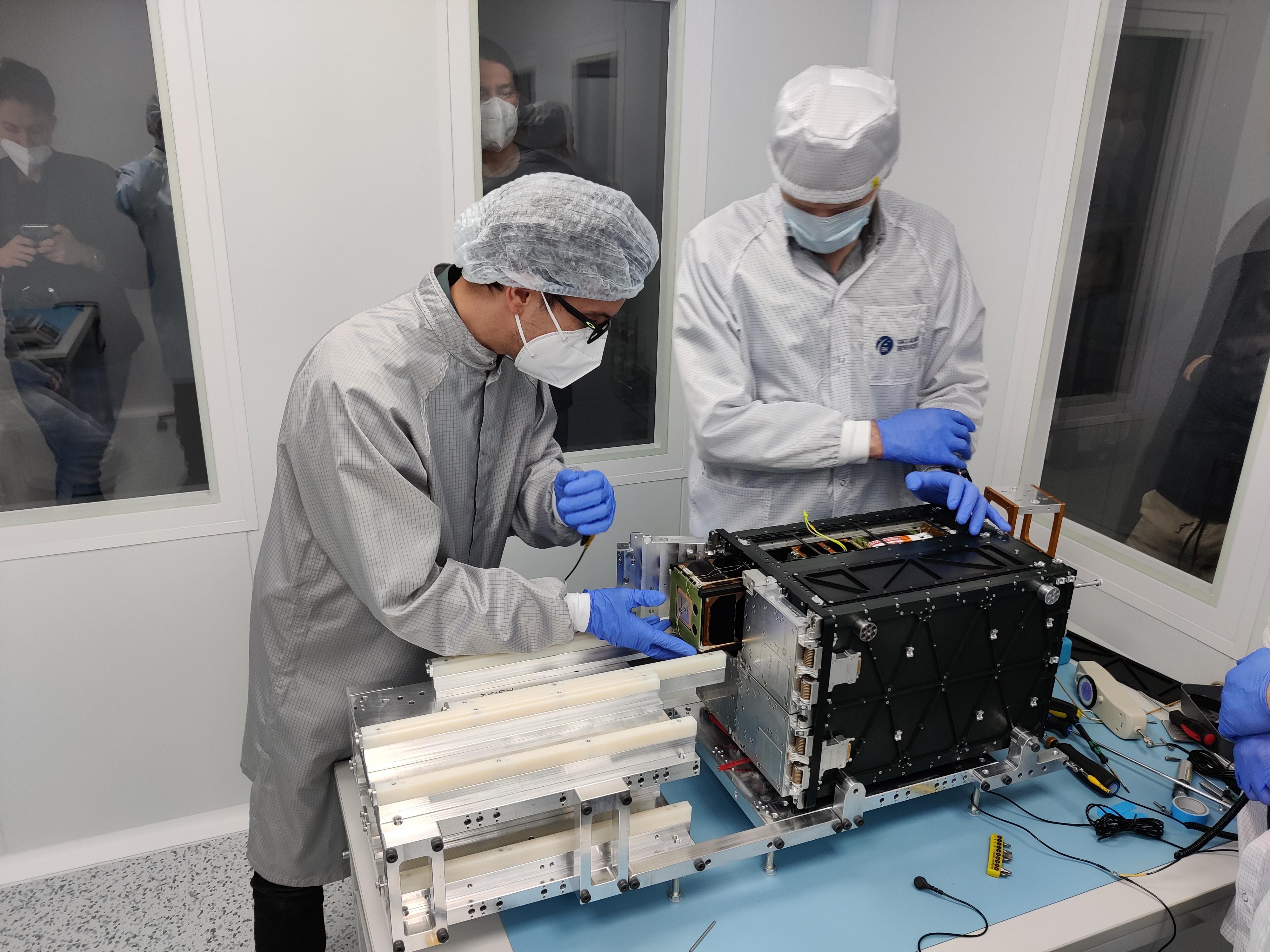A project coordinated by the Italian Space Agency
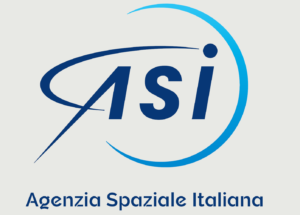
Launch opportunity provided by the European Space Agency
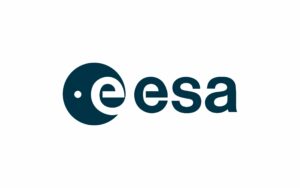

STATUS: Alive!
LEDSAT is a 1U CubeSat aimed at demonstrating a LED-based payload for optical tracking from ground. The satellite has been conceived in 2016 by Sapienza University of Rome (S5Lab research team) and University of Michigan. The spacecraft has been selected in 2017 for the second edition of the ESA Education Office “Fly Your Satellite!” Programme. The satellite development is supported by ASI (Italian Space Agency) in the framework of the IKUNS (Italian-Kenyan University Nano-Satellites) Programme: LEDSAT is the second IKUNS satellite to be conceived and developed and the third to be launched (after 1KUNS-PF and WildTrackCube-SIMBA / IKUNS-3).
The spacecraft, essentially a 10 cm cube, equips LED boards on all its faces. These will be flashed during eclipse and will be tracked from ground-based telescopes to identify the satellite, infer its celestial coordinates and reconstruct its orbit only by processing the optical data. In addition to this, each satellite face will flash with a different pattern, which can be easily recognized from ground to reconstruct the spacecraft attitude. As a final mission objective, LEDSAT will test a low data rate light-based transmission system in order to provide an easy back-up to the traditional RF communication system in case of transceiver failure or malfunctioning, which causes 20% of the CubeSat failures. If successful, the LEDSAT demonstration can lead to a broader utilization of LEDs on small satellites for improved tracking and support to Space Traffic Management (STM) operations.
LEDSAT is a University CubeSat primarily devoted to university students education: during the concept formalization, satellite development, testing, qualification and launch preparation (from 2017 to 2021), more than 50 students have been involved at all levels in the CubeSat activities. The spacecraft realization and the operations management are performed by the student team, in order to allow university students to follow a complete cycle, from concept to disposal, of a real space system development.
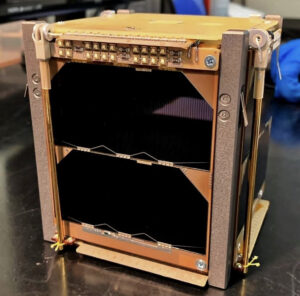
Participating Institutions:

